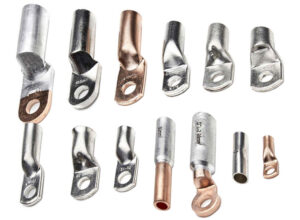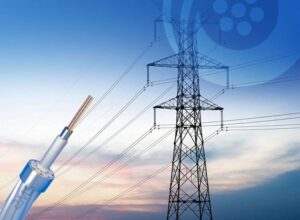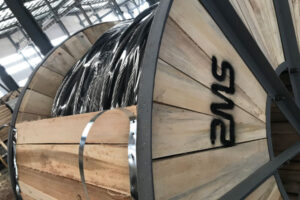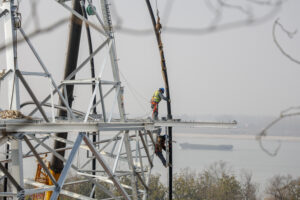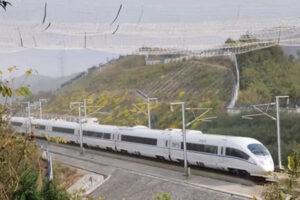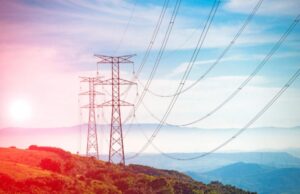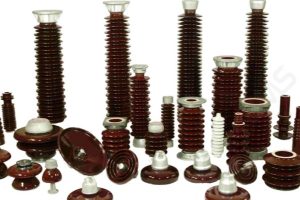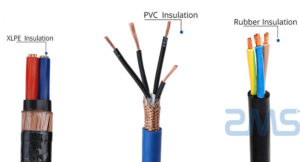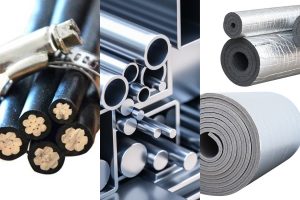In the intricate network of electrical systems, cable lugs play a crucial role in ensuring efficient transmission of power. These small but significant components connect cables and various electrical devices, providing a secure and reliable connection. ZMS believes that understanding the types, applications, and significance of cable lugs is essential for ensuring the safety and effectiveness of electrical installations across diverse industries.
overhead line
Introduction to the Two Most Important Structures of OPGW Cable
OPGW Cable Optical Ground Wires are a critical component of modern communication and power transmission systems, providing both electrical grounding and optical fiber communication capabilities. The intricate design and construction of OPGW cables involve several key structures that enable their efficient performance in diverse environments. This essay ZMS delves into two vital structures of OPGW cables: the central strength member and the optical fibers, elucidating their significance, construction, and impact on the overall functionality of optical ground wires.
What are the Power Cable Standards? How to Divide? Please Collect!
All industries have their standard system, power cable as the national electricity infrastructure, in the direction of import and export to develop strict and effective standards. Not only can ensure the people’s safety of electricity, but also standardizes the production of enterprises and promotes the healthy development of the industry. In recent years, various countries around the world have been paying more and more attention to the importance of power cable standards.
ZMS cable editorial compiled about the power cable most commonly used 32 national standards, only for your reference.
What are the Commonly Used Models of Overhead Aluminum Cables?
Overhead Aluminum Cables act as a conduit for the transmission of electricity, transmitting different voltage levels across various distances, environments, and landscapes to provide power where it is needed.
Powerline cables are structurally supported by poles or steel towers designed to keep the wires at a safe height.
This ensures that there is sufficient ground clearance to minimize the risk of interference or damage to live power lines.
So do you know about overhead power lines?
A Brief Summary Of “Three Spans” Of Transmission And Distribution Lines
With the continuous upgrading and construction of power grids and transportation infrastructure, transmission lines “three across” related issues are becoming more frequent. Such as improper handling, which will likely lead to significant public safety and grid security incidents. So for the transmission lines “three across” section, construction standards and other aspects must be strictly controlled. This paper provides a summary of this issue.
Why Can’t High-Voltage Cables Be Buried in the Ground?
Ultra-high voltage transmission refers to the use of 500 kV-1000 kV voltage levels to transmit electrical energy. If the 220kV transmission indicator is taken as 100%, the relative investment per kilometer of UHV transmission, the relative cost of 100 kilometers per kilowatt-hour of electricity transmission, and the consumption of metal materials will be greatly reduced. In this way, the utilization rate of the line corridor has been significantly improved.
In our daily life, we can often see overhead ultra-high voltage transmission projects. However, have you ever thought about this question: Why can’t all high-voltage cable be buried underground like urban underground cables?
Post Insulators vs. Suspension Insulators: A Comprehensive Analysis of Differences, Types and Applications
Insulators are a core component in the power transmission system to ensure the safe operation of the lines. Post-insulators and suspension insulators are the two most common insulators used in overhead transmission lines, but there are significant differences in their structure, function, and application scenarios.
The Advantages of Aerial Bundled Cable(ABC Cable)
Aerial Bundled Cables (ABC cables full form) have become an innovative alternative to traditional bare conductors in modern power distribution systems. ABC cables are designed as bundles of insulated conductors and offer several advantages in terms of safety, efficiency, and reliability. They are widely used in urban overhead grids, long-distance transmission, industrial areas, and harsh environments.

